The Wine Perspective of Gerard Zanzonico
For Gerard Zanzonico getting into the wine business was as easy as falling off a horse.
While his entry into the business was a tad tumultuous, the following four decades were pretty smooth sailing. Gerard spent about half that time at Chateau Montelena. He was part of an all star staff that helped elevate this celebrated Napa institution to rare heights. Then he went on to leave his mark as winemaker at Stonegate Winery, Staglin Family Vineyard, and Del Dotto Vineyards. Along the way Gerard worked with a lot of nice folks…he also made a lot of world class wine. Four of those wines merited one hundred point scores from wine critic Robert Parker.
In 2015 the passion that drove Gerard about Napa dimmed a bit. It was time for him to leave Napa behind, but he wasn’t done with wine altogether. He was doing some consulting in Baja California, Mexico, where the Guadeloupe Valley is located. It’s the most renowned region for wine production in Mexico. The people there had two things Gerard most admired about winemaking: desire and passion.
So in 2019 Gerard, his wife and partner Patricia, and their dog Misty moved to Ensenada. They launched their brand Vinos Zanzonico with a small production of Chardonnay, Nebbiolo, and Syrah. Their output of four hundred cases was minuscule in comparison with his Napa heyday. The winemaking there is a throwback to Napa in the Seventies. As Gerard consults with several clients in Baja and leads by example, it’s done with a unique perspective. He was in Napa when Napa became a world class destination.


The Wine Write: How did you first connect with wine?
Gerard: I’m Italian. We drank wine at home growing up. My father actually made wine in our basement. We had winemaking equipment. We lived in New York. I was going to college studying music. I was studying bass. One of my teachers was Orin O’Brien. She was the first woman in the New York Philharmonic. She was an amazing person.
When I finished my degree, I was invited by an old friend of mine to come visit him in the Napa Valley. He was living up in Calistoga, a small town in the northern Napa Valley. I went out to visit him with no idea of what was going to happen. I went to a party with my friend and was riding a horse with a young lady when the horse bucked us both off. We fell to the ground and this guy came over to help me up. I thanked him and asked him his name…he was Bo Barrett. He told me that seeing me fall off the horse was so funny. Then he tells me that they are looking for someone to work harvest at Chateau Montelena, his family’s winery. He asked if I’d like a job for harvest. I said sure! It sounded like fun.
When I started working in the winery, it was like an epiphany. I realized immediately that this was the lifestyle for me. It was creative. It was agriculture. We were producing something. The people working harvest with me had much passion and love for what they did. That’s how I got into winemaking.
The Wine Write: Was there more mentorship in those days?
Gerard: Without a doubt. There weren’t many people in the wine business. There were only a handful of wineries around Calistoga. We all helped each other. We knew each other. We all were friends. There was a lot of camaraderie. It was like a fraternity.
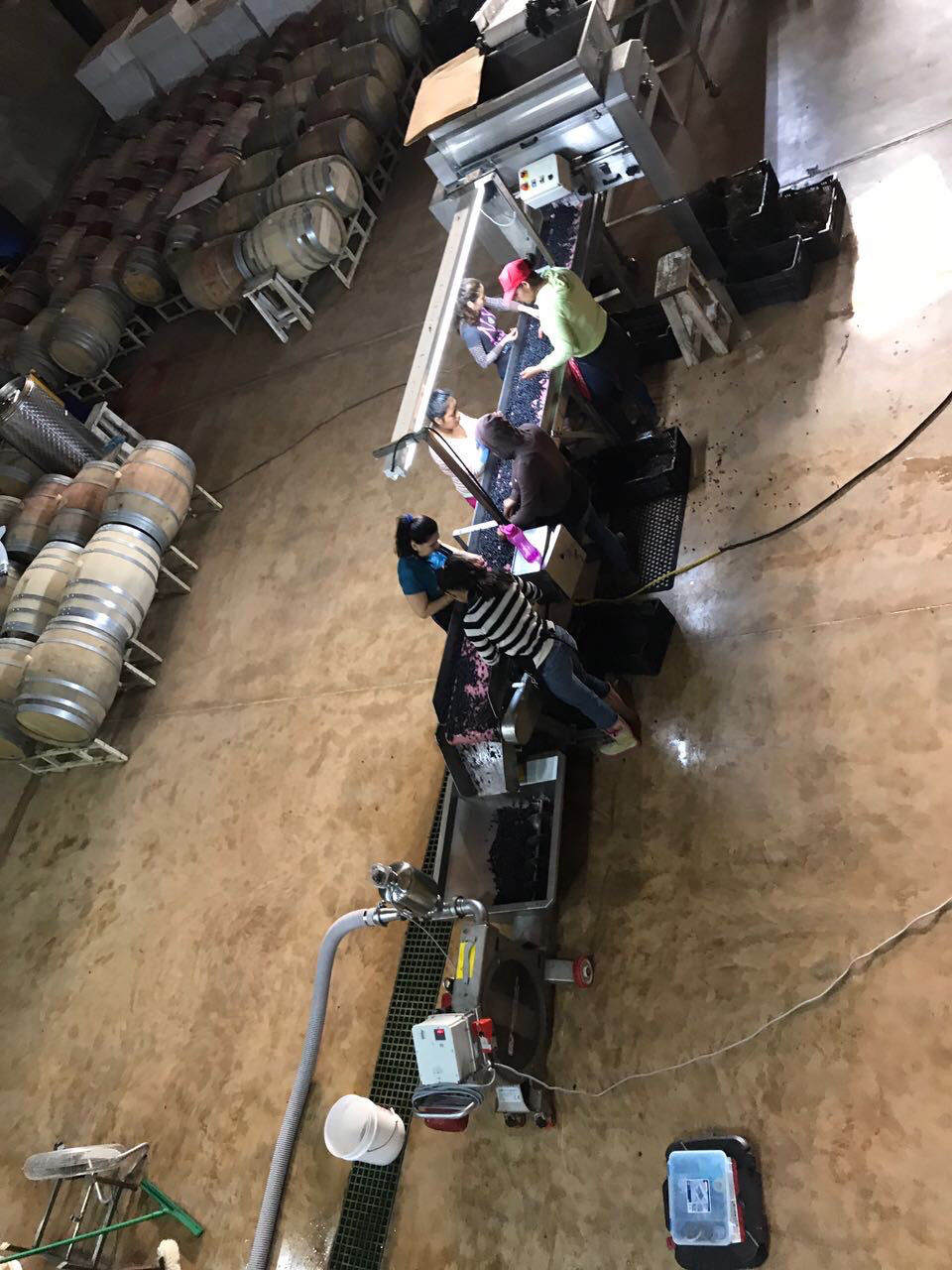

The Wine Write: You mentioned the Judgment of Paris. Was there any impact from that tasting apparent when you got to Chateau Montelena three years later?
Gerard: Bo Barrett and Gary Galleron, another member of the production staff, were both working at Montelena when the Paris Tasting happened. The odd thing about the tasting is that the Barrett family really wanted to produce world class Cabernet. They were elated over winning the award for their Chardonnay. To be declared the best Chardonnay in the world was amazing. This acclaim lasted a long time.
We didn’t talk about the tasting much at the winery. We were chasing making Cabernet. That was our goal. For quite awhile they had difficulty selling their Cabernet. Everybody came to Chateau Montelena to buy Chardonnay. This was the way after the Paris Tasting.
The Wine Write: What was the prevailing style of wine being made back then?
Gerard: At Chateau Montelena we were very much aware of Bordeaux, especially first growth wineries. We wanted to produce wines for the international stage. This was our market. Warren Winiarski won the Judgment of Paris red wine tasting for his Stag’s Leap Wine Cellars Cabernet. The winemakers and winery owners in Napa all shared the same goal. We wanted to make world class Cabernet. We helped each other. All boats rise with the tide.
Everyone who was producing wines in the Napa Valley back then was focused. Everyone did the right thing. We all grew up together. Things were simpler then in many ways. There were only a few barrel coopers to buy from. Most of the equipment mirrored what was being used in the Central Valley, where Gallo was. We all used the same de-stemmers and the same presses. That’s the way it is here in Ensenada now. There’s only one person selling equipment here.


The Wine Write: How did you work your way up to becoming a winemaker?
Gerard: Like I mentioned earlier, my four year apprenticeship was over. Jerry Luper left Chateau Montelena in the early Eighties. Jerry recommended to Jim Barrett that he hire his son Bo to be the winemaker. Jim was leery about doing this, but he hired him anyway. So Bo was there. Gary Galleron was still there. His family has a road named after them in Rutherford: Galleron Road. Rollin Soles was also there. He went to Australia before going to Oregon and becoming famous for his work at Argyle Winery. So all the people working in production back then became really successful, amazing people.
So as the months became years, Gary decided he would leave Montelena. He went to New Zealand. With his help I had learned most of his responsibilities. I learned how to run the winery day to day. I learned how to do the paperwork, order supplies, and run the lab. I did frost protection out in the vineyard. We had one hundred acres and only twelve employees. If you weren’t in the winery, you worked in the vineyard or the tasting room.
So when Gary left, I got promoted to assistant winemaker. I was in charge of the Chardonnay program, my passion. I had the opportunity to grow exponentially. Chateau Montelena was growing and so was I. People selling new equipment, barrels, and new ideas all came to Montelena to pitch their products. We got exposed to a lot of new technology. This all helped me become a better winemaker.
The Wine Write: You got that title at another winery.
Gerard: After twenty years at Chateau Montelena, I was ready to go. Bo and I began having some growing pains. I really cherished our friendship more than the job, so when the opportunity came my way to be the winemaker and general manager at Stonegate Winery, I grabbed the ring. I didn’t know where I was going, but I was on my way.
Stonegate was a winery originally owned by the Spaulding family. They were wonderful people with big hearts full of love, passion, and desire. They owned some good vineyard land, especially one property on Diamond Mountain. It was high up on the Mayacamas Mountains and grew some great Cabernet. They sold to a corporation of venture capitalists who hired me. I was so excited. This was something I had worked hard to achieve.
The company discovered there was a permit on the books in Napa County to build a forty thousand case winery. That permit was due to expire in a year. They decided to build the winery. I was in charge of the construction, in addition to my roles as general manager, winemaker, and marketing manager. We rebuilt the Stonegate brand from five thousand cases to twenty thousand cases. We were on our way.
Unknown to me, the corporation was trying to sell the winery as I was building it. In a short time the winery was sold to another Napa Valley winery. I was disappointed, but with this came a phone call one afternoon. Staglin Family Vineyards wanted to hire me as their winemaker…a new opportunity.

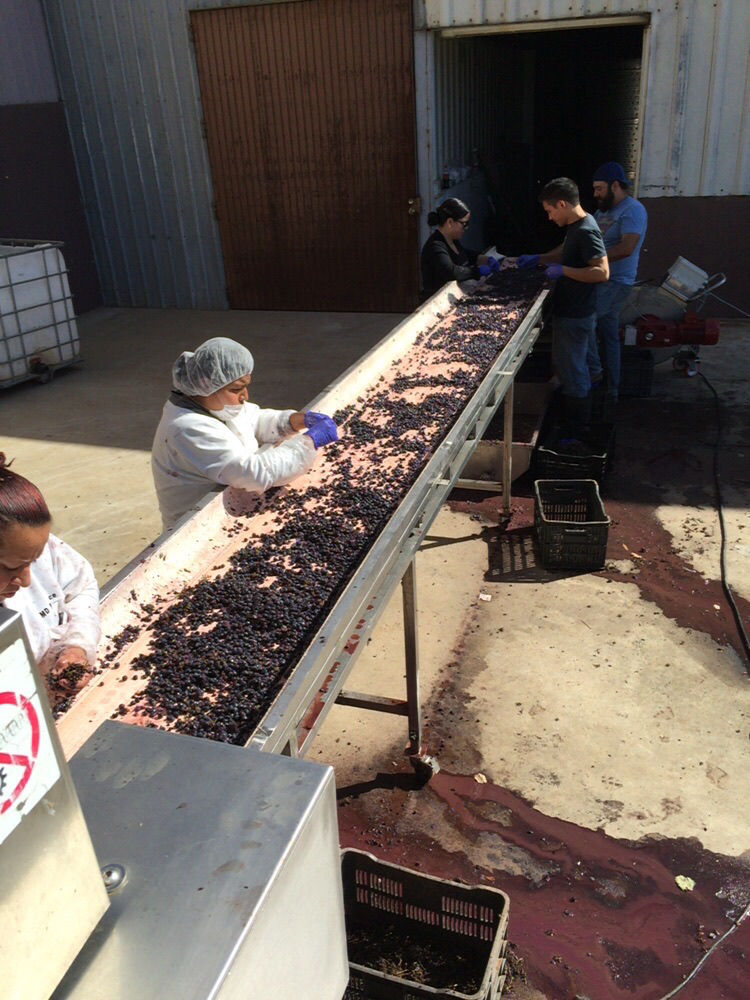
The Wine Write: There’s that whole history of corporations getting into the wine business again.
Gerard: You know, it’s inevitable. It’s still happening. Shafer sold, Phelps sold, Heitz sold, and so on. There is so much money being tossed around. If you or your family aren’t totally into the business, why stay in it if there’s no passion? I heard the other day that Pink Floyd members are trying to sell the rights to their music and are asking for five hundred million dollars! Wow.
The corporate buyout happening in the early Eighties in Napa was a disaster. Coca-Cola bought Sterling, Reynolds Aluminum purchased BV and Inglenook, and Nestlé bought Beringer. That was a total disaster for all of those brands. It took them years to recover.
The Wine Write: You mentioned Robert Parker. How impactful was he?
Gerard: Well, everybody paid attention to him, much more than the Wine Spectator. Spectator was just starting out forty years ago. It wasn’t even a magazine; it was a newspaper. Robert Parker was a really mellow guy. I sent him a sample one time, and he didn’t review it. I asked him about the wine when we met one day. He told me the wine had TCA problems, so he did no review. This is how Robert Parker was. If he thought there was a problem with the wine, there would be no review. He wouldn’t expose you as a winery or as a person.
He would come to Del Dotto when I worked there. He would speak to the tasting room staff. He was always friendly. Everyone said he was a regular guy. He didn’t think of himself as being special. He was just a good guy.
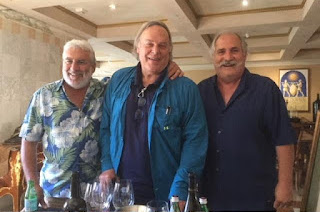

The Wine Write: He did give one hundred point scores to four of your wines.
Gerard: I felt great about those wines, but I am a pretty humble person. I wasn’t the only person on the ship for those wines. When we were working hard to make the best wines in the world, my pitch to the owners and my crew was, “Don’t worry. We will get there.” It took six years. It takes time. You have to put in your time. You have to have good people who believe. Some people can catch lightning in a bottle, whether it’s in wine, sports, or another endeavor. Consistency is the key. If you have good players, good chemistry, and good vineyards, you will be successful. You might not always win, but you will be close to the top. We were getting scores of ninety-five or above for three years before we got a one hundred.
I got to know Robert well when I worked at Del Dotto. He would come by the winery on each of his Napa visits. Toward the end of his career he stopped going to individual wineries. People would send him samples at Meadowood. He kept on coming to Del Dotto and a few other wineries to get a feel for how the vintages were. He is a good friend of Dave Del Dotto. It was always a jovial visit.
The Wine Write: The predominant thing I remember about Del Dotto is oak.
Gerard: That was Del Dotto’s signature, and Dave Del Dotto’s idea. He loved having the same wines from the same vineyard in multiple cooperages. He wanted visitors to understand the difference that oak barrels had on wine. Barrels are sort of a spice rack. He educated visitors. We also used Italian amphora…clay pots…to make very earthy wines.
In terms of my career, I learned about clones and rootstocks at Staglin. I learned about oak’s effects on a wine’s development at Del Dotto. I could put the same wine in ten different cooperages. Every one of them would be different. Wines picked from the same vineyard, using the same yeast, and same treatments all tasted unique. That was a big learning curve for me.
I don’t really care for American oak. I don’t buy American oak for Vinos Zanzonico. We bought them at Del Dotto. I used oak from Virginia, Pennsylvania, Tennessee, Kentucky, Arkansas, and Minnesota. Minnesota is my favorite.


The Wine Write: Tell me about making the move from Napa to Baja, California.
Gerard: I always had a strong inner belief about my desire and passion to make wine. You get tired during harvest. At Montelena we might process six hundred tons of fruit. We’d be working hard, long hours for six straight weeks. My philosophy is when I went to the winery during harvest, and smelled the fermenting grapes, all the aches and pains would go away. My spirit of desire and passion would be rekindled. So like I said before, that uplift of the spirit didn’t happen in 2015.
Prior to 2015 my wife and I went to Baja, California looking at the wine industry. We saw this place as somewhere we might move. I had read about the Guadalupe Valley and was interested. I met a family who hired me to be a consultant for them. I came down four times a year beginning in 2015. I fell in love with Baja, California. I fell in love with the people. They have challenges like we had in Napa forty years ago. Banks aren’t supportive. Interest rates are at fourteen percent. Government shows little interest in the wineries. You have to pay business taxes every two months. It’s incredible. What the winemakers have is passion, love, and desire. Sound familiar? That was Napa forty years ago.
There are no grape contracts. You can have a handshake deal with a grower, and then go look at your grapes near harvest, and find them gone. Somebody paid more than you did. I call this “handshaky”. Some of the same stuff happened in Napa in the early Eighties. At that time much of the picking was done by migrant workers. Most wineries didn’t have employees working in the vineyards all year. You’d have to find and hire these workers to pick. They’d come to the valley in August, sleep in the vineyards, and pick until the harvest was over. If a big winery needed pickers, they’d ask what the pickers were getting paid, pay a higher price, and take all your pickers away. Slowly everyone started getting contracts. Eventually this will happen here in Baja. They haven’t figured out yet that the winemaker isn’t that important. It’s all about the vineyards and how the vines are cared for all year long.
There are only two coopers selling barrels here. They give credit to the wineries, or else selling barrels would be hard work. If you buy a barrel, you don’t have to pay for twelve months.
The Wine Write: How is that area in terms of growing wine?
Gerard: There is a real challenge with water here, more so here in Valle de Guadalupe. There are four valleys here growing grapes. San Vicente Valley is farthest south, then Santo Tomás, La Grulla, and Guadalupe. San Vicente is closest to the ocean. It’s similar to Carneros with warm days and cool nights. They get foggy mornings. Grapes grown here have much natural acidity. There’s a lot of Chardonnay grown in San Vicente.
Most of the well known wineries are in Guadalupe. The consumers come to Guadalupe as the wineries have built beautiful tourist destinations with world class restaurants. Many of the wineries will not specify where the grapes are actually grown. The labels will only say Valle de Guadalupe. There is not much regulation here. I think when the other valleys begin to be promoted, an understanding of what terroir is about will begin. You don’t hear terroir spoken about very much here. People talk about the challenges they face. This is a good beginning for a change.
There isn’t much rootstock here. People just take a cane and stick it in the ground. It’s hard to bring agricultural products across the border. They’ve never had a major disease issue. Phylloxera and sharpshooters haven’t arrived yet. I am concerned they will someday. Growers will learn more as we go.
Napa isn’t viewed as an adversary. People don’t want to be like Napa. When I worked in Napa, we didn’t want to be like Bordeaux. We just wanted to make wine as good as they did. Hardly anyone produces one hundred percent varietal wines here. Most of the wines are blends.
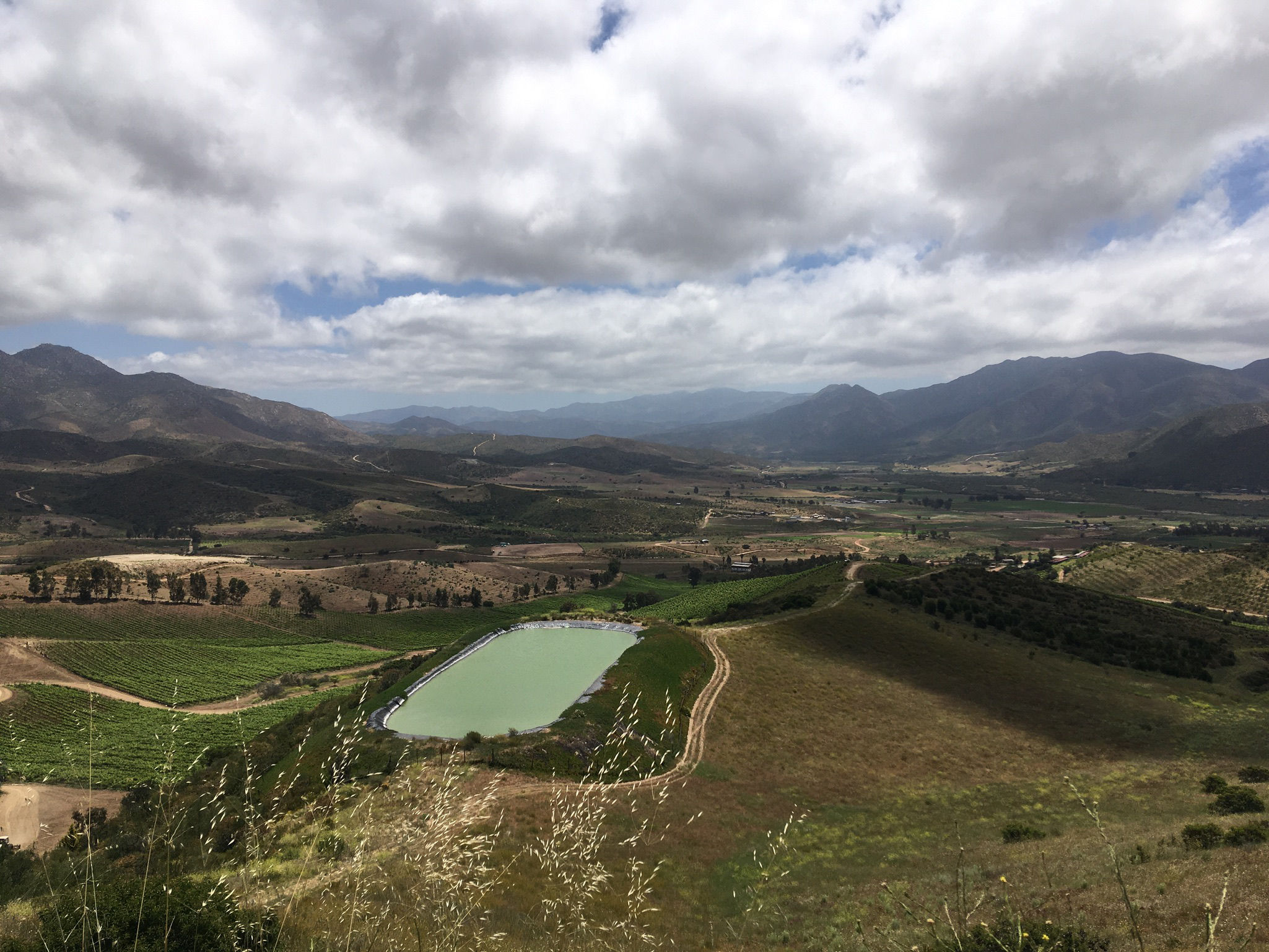

The Wine Write: What’s your vision for Vinos Zanzonico?
Gerard: We are about where we want to be. We make about four hundred cases a year. I’m making Syrah, Chardonnay, and Nebbiolo. Syrah in my opinion is the best grape here for Vino Tinto. Nebbiolo is known here as Mexican Nebbiolo. Our Chardonnay is made in a Chablis style. All the wines are aged in French oak with twenty-five percent new. My wife Patricia is my business partner. We are a two person company. Patricia handles all the administration, as she is fluent in Spanish. The production is not too much work. Only doing ten or twelve tons is a walk in the park after doing four hundred tons.
I also have three clients. I see having clients as educational for me and for them. I am sharing information and knowledge. Sometimes they are receptive, sometimes not. I have a client doing some things we did in Napa thirty years ago. I’ve told him we tried some of this stuff way back when, and it doesn’t produce the desired results. His reply: “This is the way he does it”. This is fine. I will add that at the end of harvest this client came up to me and said, “Next harvest we want to make the wine with all of your recommendations.”
Pushback comes because the people don’t have enough exposure to other wine regions. It’s difficult or impossible to find wines from Spain, France, Portugal, South Africa, or other regions here. An international conference is scheduled here beginning October 31. People from almost fifty countries will come here. I will be at one of the tastings on November 3. Conferences like this will help this region with exposure and knowledge that is shared.
The Wine Write: Are there other experienced winemakers like yourself in Baja?
Gerard: Some of the winemakers here have experience in other valleys or regions. One of my clients has a winemaker who has worked in Chile and Australia. People who have the money to send guys like him out in the world to learn more will do it. There are only a couple of large wineries here. The rest are really small. The landscape looks a lot like Napa did in 1979. Some of the winery owners are people who earned money in another industry like produce or the fishing industry. They decided they wanted to make wine. The knowledge they have is very hands-on. Mistakes are made. They are learning.

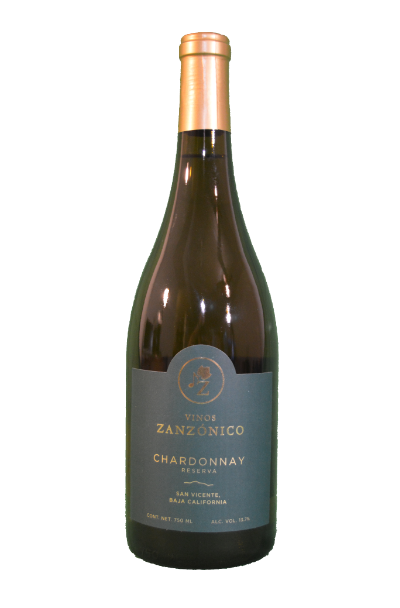
The Wine Write: How do you view the potential for wine in Baja?
Gerard: The biggest asset we have is passion. What has to occur is for wine people to join together. They need to bond on issues such as growth. We need to decide who and what we want to be. We’ve seen much unregulated construction in the Valle de Guadalupe. Pseudo nightclubs are being built everywhere. People are coming to Guadalupe not to taste our wines, but to drink margaritas and hang out. Parts of the Valle de Guadalupe are losing their wine clout.
Vintners don’t like this, but when you bring up regulations to limit things, they want no part of it. They don’t want anyone to tell them what to do. They haven’t been for regulations. I believe they will begin to understand the benefits of having some regulation.
With Napa there were similarities back in the day. I can remember having to pay taxes as soon as the wine was bottled. We were chasing the Bordeaux path: two years in the barrel and two years in the bottle before releasing the wine. Having to pay taxes immediately without any sales made business difficult in Napa. Through the Napa Vintners Association, people went to Washington, D.C. and lobbied, lobbied, and lobbied. The law got changed. Taxes weren’t paid until you sold the wine. This helped Napa in becoming a world class wine region. This type of change needs to happen here.
Bank of America was the first banking business to support Napa Valley’s wine industry. They gave us loans with reasonable interest rates. They had vision. They could see what Napa might become. They knew what the market meant. We were going to grow.
The Wine Write: You also had some real leaders in the wine business who showed the way.
Gerard: The owners who started the Napa Valley Vintners were key. Louie Martini, Robert Mondavi, Peter Mondavi, Myron Nightingale, Warren Winarski, Jim Barrett, and others had been around a long time. They had vision. They also understood that the power of a unified group was greater than what each of them individually could do.
Then there was the grape growers association. Bringing the growers together with common goals for excellent farming was huge. What happened in Napa would have occurred eventually, but the core of these people accelerated the growth.

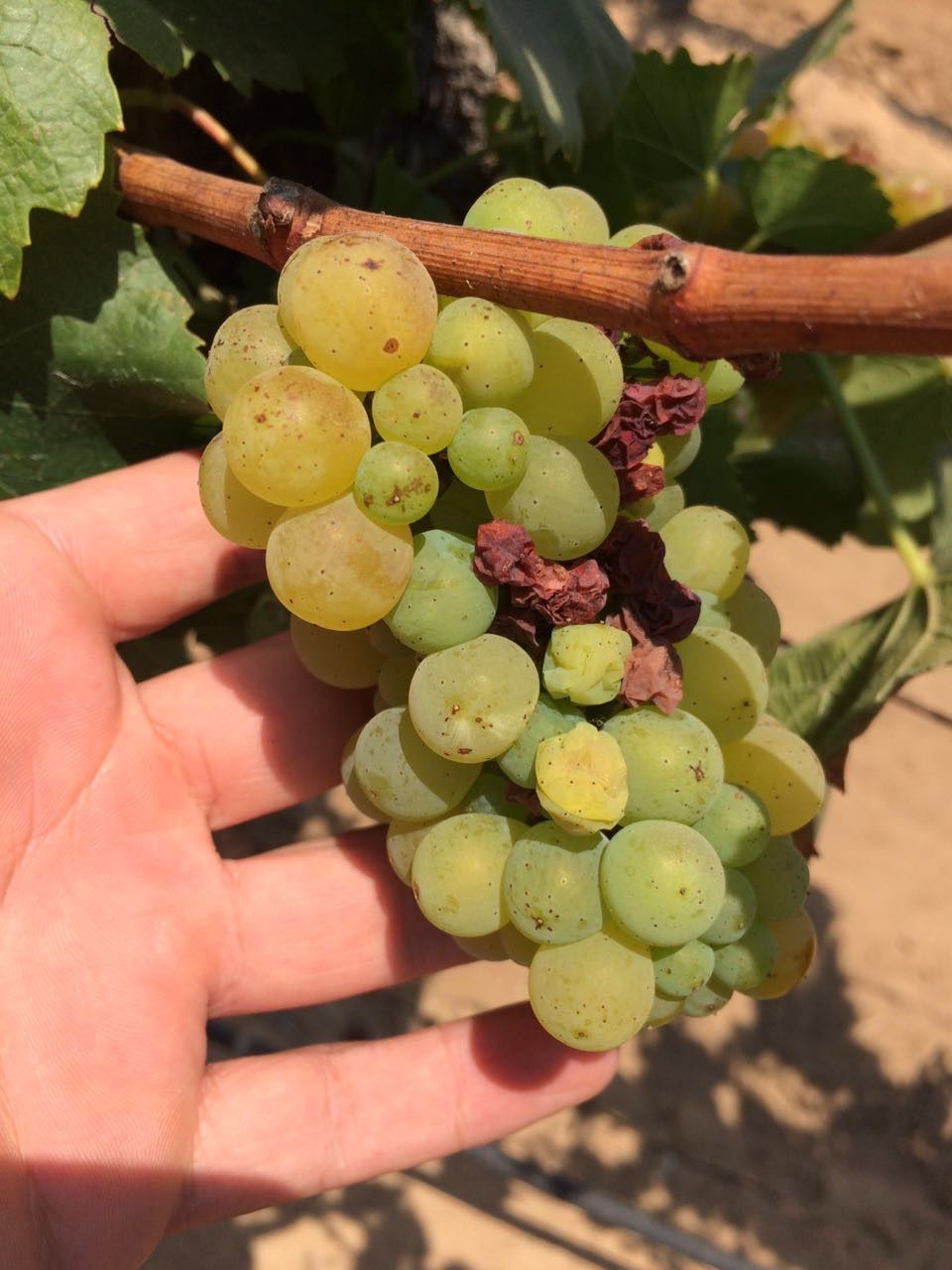
The Wine Write: How do you look back on your long life in wine?
Gerard: I get much personal satisfaction from my wine work. I enjoyed working with people at each of my stops. Spending time with them, working, laughing, and crying was special. Watching the wine industry in a place like Napa become world class, and being an integral part of that, was so rewarding. I can recall being at the very first Napa Valley Wine Auction. Seeing the results of the auction, and how we could benefit our community was awesome. When people put their minds to a task, wonderful things can happen. Part of that is not being selfish. Supporting the Mexican community, the backbone of the wine industry in Napa, brings great joy to my eyes and heart.
Making people happy is another thing. There’s joy that comes from producing something that makes people happy. People who enjoy wine show their appreciation. Through the years I’ve had many people tell me they drank my wine last night, and it was great. The wine added to a special occasion. How many of us wait for that special moment to have a wine?
From the beginning at Montelena all the way to the end, I really enjoyed all the people I worked with. I try to stay in contact with as many of those people as I can.
I’m still happy down here in Baja, California now. Trying to figure out what is happening here is challenging and fun. One thing that’s funny is that the people here don’t realize that Napa wasn’t always the way it is now. Some of them tell me that Napa is like a museum. I tell them they don’t understand. Their winery with no refrigeration and minimal equipment was exactly what we had in Napa forty years ago. We only had two choices for barrels back then, too. We made it work. That’s what I’m trying to tell the people down here now. You just have to keep working hard to become successful. Stay with it.
The way of progress is usually neither swift or easy. When Gerard Zanzonico speaks to you of perseverance, he does it with the conviction of someone who has done it. He played a significant role in helping build Napa from a sleepy little place into the home of world class Cabernet Sauvignon.
Not that he would trumpet that fact to the world. To the contrary. Some winemakers would shout to the rooftops about getting a hundred point score from the world’s preeminent wine critic. Gerard Zanzonico did that four times, and credits his team for the achievement.
He’s not through leaving his mark, either. Vinos Zanzonico is his latest vehicle. His goal now is to showcase the wines of Baja California, and assist other winemakers of that region to aspire to new heights. We suspect he succumbs to feelings of déjà vu now and again. Today’s Baja California winery looks a lot like the Napa cellars of 1979. We sense that Gerard doesn’t view that as a bad thing. As the old saying goes, he plans to keep on sawing wood.
Our gratitude goes out to Gerard for spending time with us this week. We don’t often get the chance to visit with a guy with more wine industry perspective than him. And to think it all started by getting bucked off a horse.

